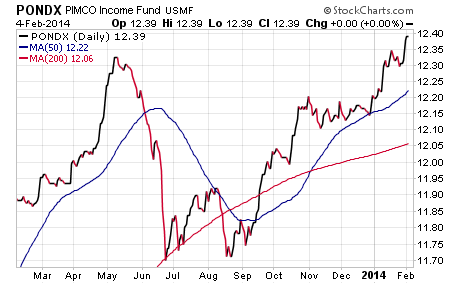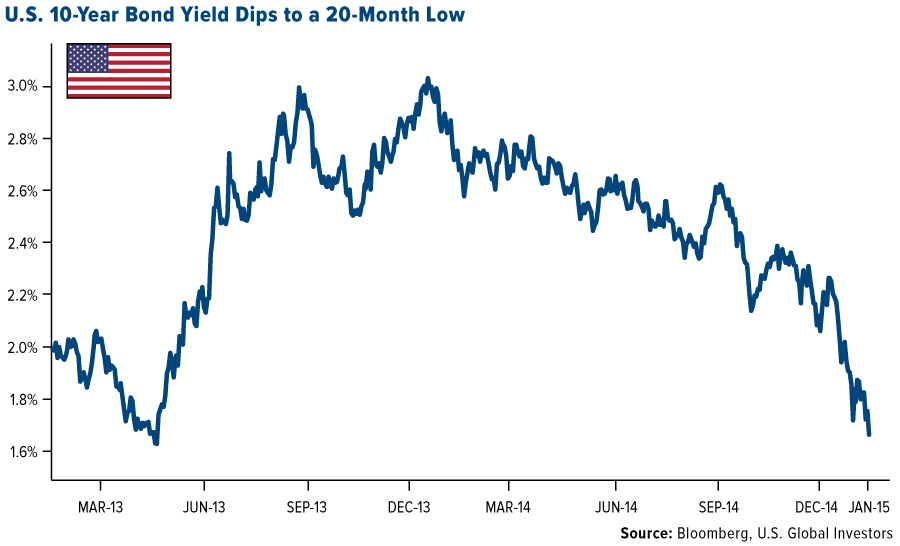Bond Funds_1
Post on: 18 Апрель, 2015 No Comment

There are four types of bond funds: mutual funds, closed-end funds, unit investment trusts (UITs) and exchange-traded funds (ETFs). While there are important distinctions between them, each type of fund allows you to instantly diversify risk among a pool of bonds at a low minimum investment.
Before you invest in a bond fund, it is important that you understand the different fund types and how bond funds differ from individual bonds. For instance, one common misconception about bond mutual funds is that there is no risk to principal. This is not the case: Your initial and subsequent investments will fluctuate—and indeed may decline—just as they do if invested in a stock mutual fund.
Bond Mutual Funds
Mutual funds have become a preferred way to invest for millions of Americans. A mutual fund is simply a pool of money invested for you by an investment firm in a variety of instruments like stocks, bonds or government securities. Each mutual fund is different in its make-up and philosophy.
A bond mutual fund is a mutual fund that invests in bonds. Bond mutual funds can contain all of one type of bond (municipal bonds, for instance) or a combination of bond types. Each bond fund is managed to achieve a stated investment objective.
Like most investments, bond mutual funds charge fees and expenses that are paid by investors. These costs can vary widely from fund to fund or fund class to fund class. Because even small differences in expenses can make a big difference in your return over time, we’ve developed a fund analyzer to help you compare how sales loads, fees and other mutual fund expenses can impact your return.
The most common type of bond mutual funds, open-end funds, are actively managed bond funds that allow you to buy or sell your share in the fund whenever you want. You buy and sell at a fund’s net asset value (NAV), the value or price per individual fund share, priced at the end of each trading day—not throughout the day, as is the case with stocks.
Index bond mutual funds are passively managed and are engineered to match the composition of a bond index, such as the Barclays Capital Aggregate Bond Index. Once the fund is constructed and trading, very little human intervention takes place; the fund’s performance is structured to track that of the index it mirrors.
Regardless of the type of bond mutual fund you select, keep these four points in mind:
- Return of principal is not guaranteed because of the fluctuation of the fund’s NAV due to the ever-changing price of bonds in the fund, and the continual buying and selling of bonds by the fund’s manager.
- As with direct bond ownership, bond funds have interest rate, inflation and credit risk associated with the underlying bonds owned by the fund.
- In contrast to owning individual bonds, there are ongoing fees and expenses associated with owning shares of bond funds.
- As with individual bonds, you pay income tax on bond interest according to your tax bracket.

Closed-End Bond Funds
Like bond mutual funds, closed-end bond funds are actively managed. However, a closed-end fund has a specific number of shares that are listed and traded on a stock exchange or over-the-counter market. Like stocks, shares of closed-end funds are based on their market price as determined by the forces of supply and demand in the marketplace. Shares may trade at a premium (above NAV) or, more often, at a discount (below NAV). Investors should be aware that closed-end funds may be leveraged, meaning the fund has issued or purchased stock or other investments using borrowed funds. While this leverage may result in increased yield during favorable market conditions, it could also result in losses if market conditions become unfavorable.
Exchange-Traded Bond Funds
An exchange-traded bond fund (bond ETF) is similar to a mutual fund, but trades on one of the major stock markets and can be bought and sold through a brokerage account throughout the trading day, like a stock. It can track a specific bond index such as the S&P International Corporate Bond Index or be actively managed with a specific strategy in mind.
Bond Unit Investment Trusts
Bond UITs, as they are referred to, are made up of a fixed parcel of bonds that are held in a trust and rarely change once the initial bond purchase is fixed, making it easier to estimate how much you will earn. UITs are passively managed funds. On the trust’s maturity date, the portfolio is liquidated and the proceeds are returned to unit holders in proportion to the amount invested. Unit holders who want to sell before maturity may have to accept less than they paid. While UITs are more diversified than an individual bond, they are generally far less diversified than a bond mutual fund. Each bond in the UIT has its own maturity date and often its own call provision as well, which can impact return and should be considered when estimating earnings. As each bond matures, or is called (UITs carry call risk), the principal is paid out to the shareholders until the last bond matures.
The Difference between Bonds and Bond Funds
Individual bonds and bond funds are two very different animals. Understanding how bond funds and individual bonds differ will help you assess which is the best investment option for you.
Here are four factors you should consider:
- Return of Principal. Unless there is a default, when an individual bond matures or is called, your principal is returned. That is not true with bond funds. Bond funds have no obligation to return your principal. Except for UITs, they have no maturity date. With a bond fund, the value of your investment fluctuates from day to day. While this is also true of individual bonds trading in the secondary market, if the price of a bond declines below par, you always have the option of holding the bond until it matures and collecting the principal.
- Income. With most fixed-rate individual bonds, you know exactly how much interest you’ll receive. With bond funds, the interest you receive can fluctuate with changes to the underlying bond portfolio. Another consideration is that many bond funds pay interest monthly opposed to semiannually, as is the case with most individual bonds.
- Diversification. With a single purchase, a bond fund provides you with instant diversification at a very low cost. To put together a diversified portfolio of individual bonds, you’ll need to purchase several bonds, and that might cost you $50,000 or more. Most mutual funds only require a minimum investment of a few thousand dollars.
- Liquidity. Virtually all bond funds can be sold easily at any time at the current fund value (NAV). The liquidity of individual bonds, on the other hand, can vary considerably depending on the bond. In addition to taking longer to sell, illiquid bonds may also be more expensive to sell.
Buying and Selling Bond Funds
Bond funds can be bought and sold through a broker or other investment professional, or through the fund directly. Keep in mind that if you work with a broker, the choice of bond funds is limited to those the brokerage firm allows its professionals to sell.
As with other mutual funds, when you buy shares of a bond fund, you pay the fund’s current net asset value (NAV) per share plus any fee the fund or broker assesses at the time of purchase. This may include a sales load or other type of purchase fee. When you sell your shares, the fund will pay you the NAV minus any fee the fund or investment professional charges at the time of sale, such as a back-end sales load or redemption fee. Most funds have a toll-free number or Web site that can provide information about the fund and the net asset value (NAV) of a fund’s shares, as well as the ability to request or download a prospectus.














